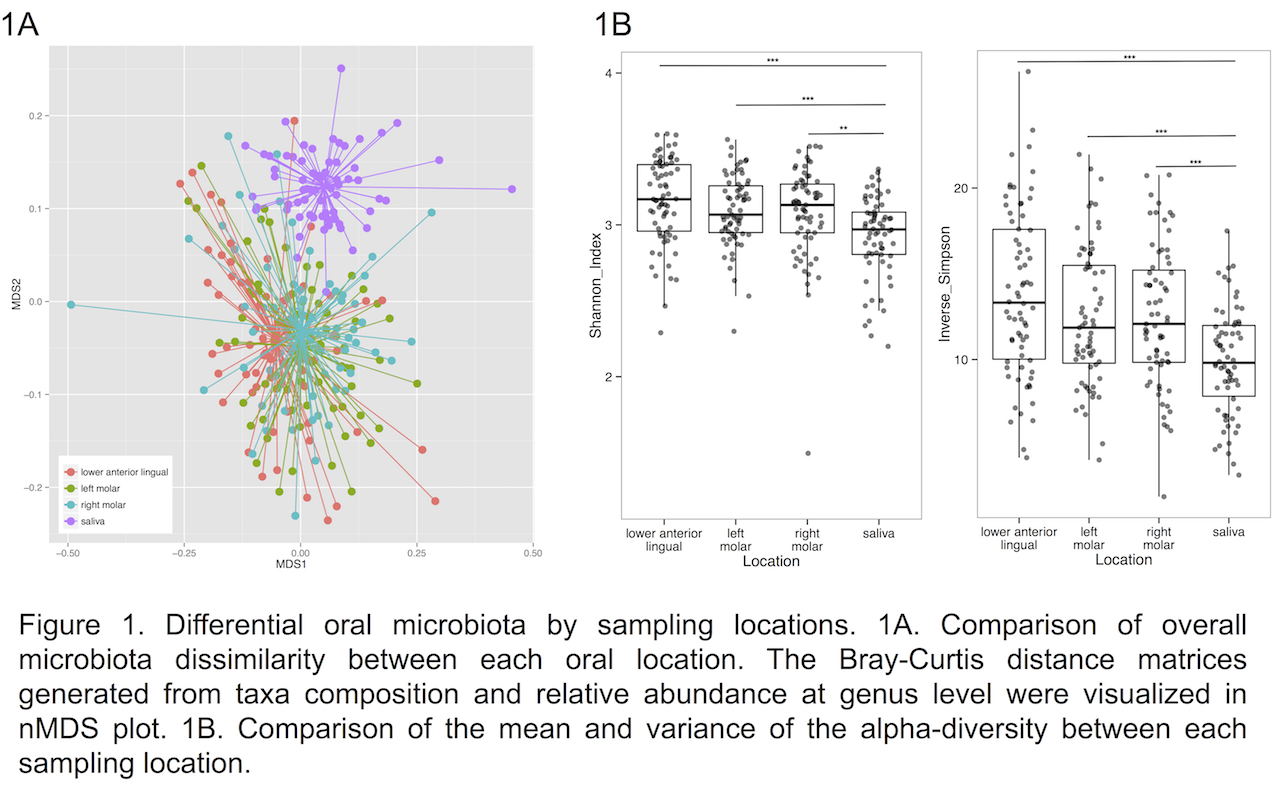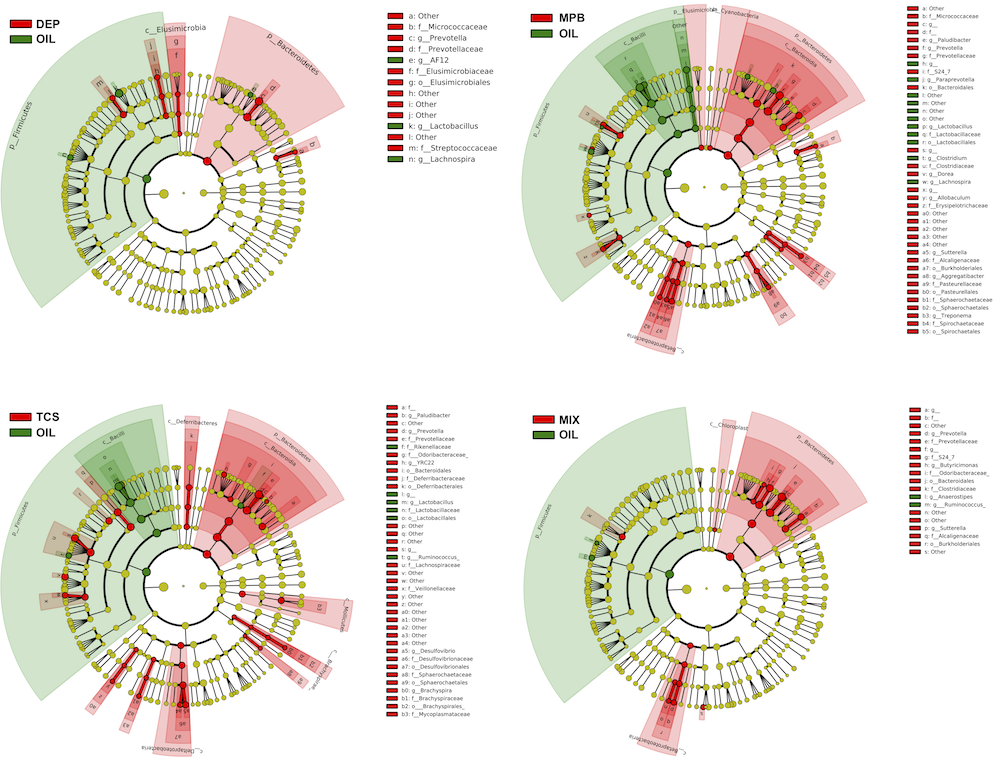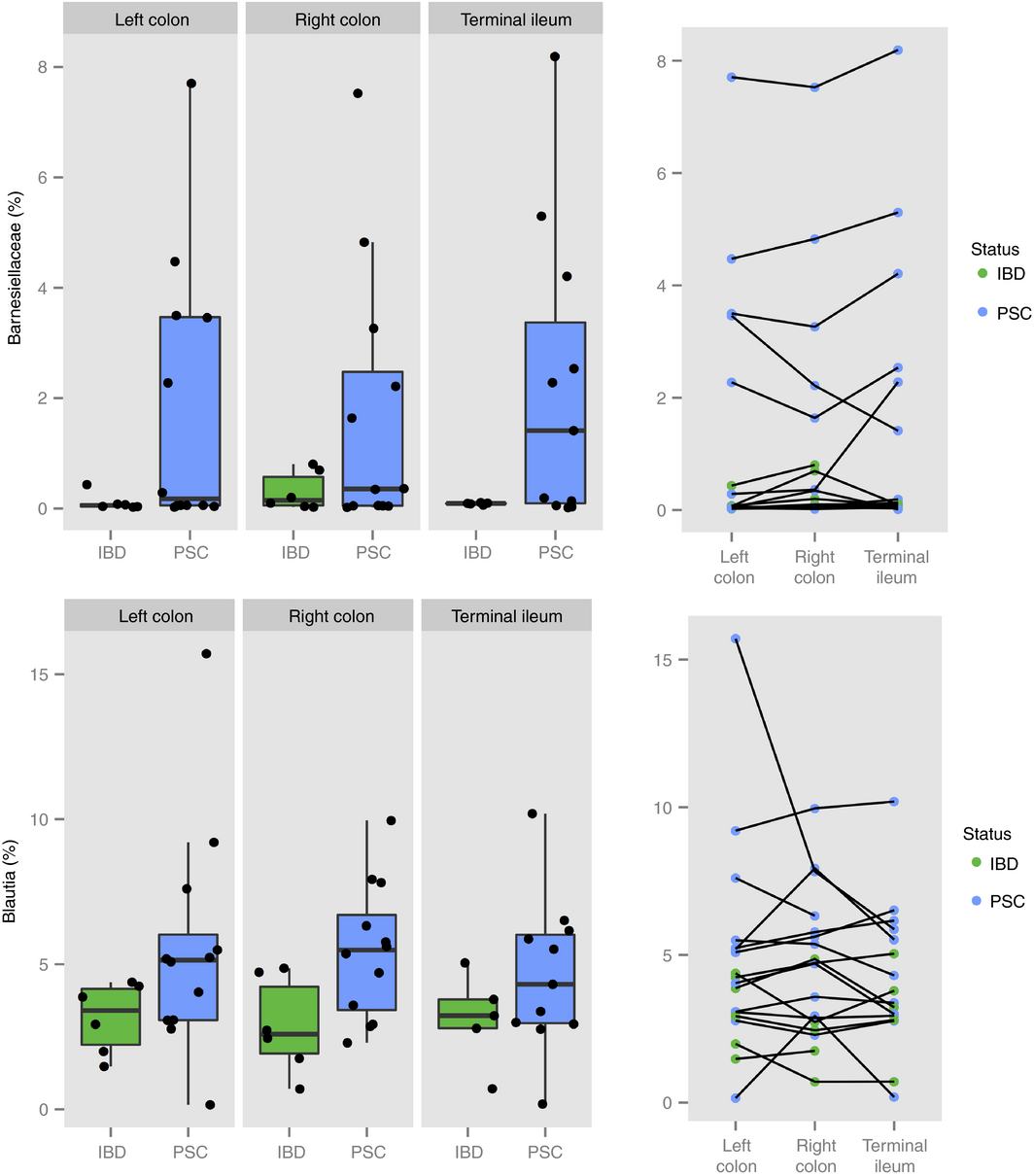

Effect of postnatal low-dose exposure to environmental chemicals on the gut microbiome in a rodent model
This proof-of-principle study examines whether postnatal, low-dose exposure to environmental chemicals modifies the composition of gut microbiome. Three chemicals that are widely used in personal care products—diethyl phthalate (DEP), methyl paraben (MPB), triclosan (TCS) — and their mixture (MIX), were administered at doses comparable to human exposure to Sprague-Dawley rats from birth through adulthood. Fecal samples were collected at two time points: postnatal day (PND) 62 (adolescence) and PND 181 (adulthood). The gut microbiome was profiled by 16S rRNA gene sequencing, taxonomically assigned and assessed for diversity.
The features of mucosa-associated microbiota in primary sclerosing cholangitis
A recent research with collaboration with SHARE explored the mucosa-associated microbiota in primary sclerosing cholangitis (PSC) patients across different locations in the gut, and to compare it with inflammatory bowel disease (IBD)-only patients and healthy controls. We found that the overall microbiota profile was similar across multiple locations in the gut from the same individual regardless of disease status. In this study, the mucosa associated-microbiota of patients with primary sclerosing cholangitis was characterised by enrichment of Blautia andBarnesiellaceae and by major shifts in operational taxa units within Clostridiales order.

